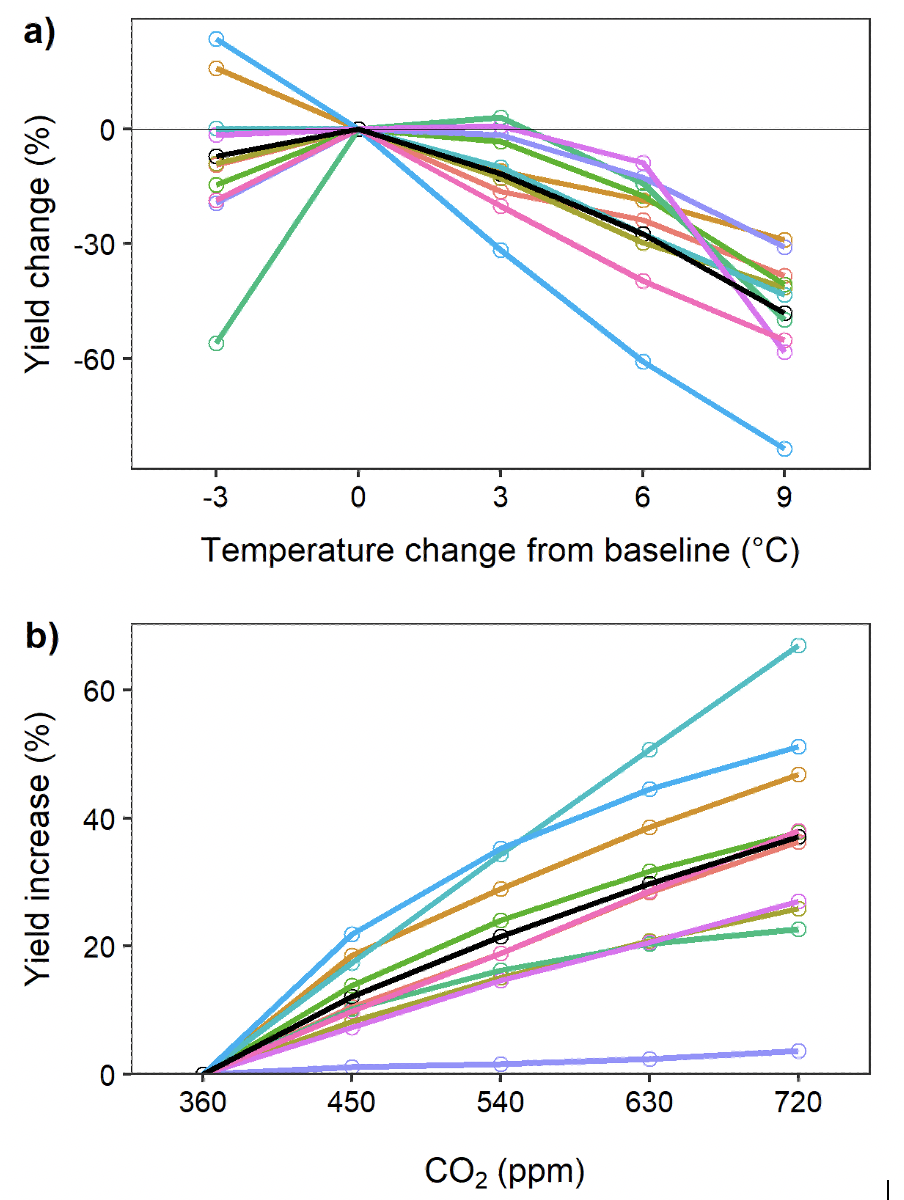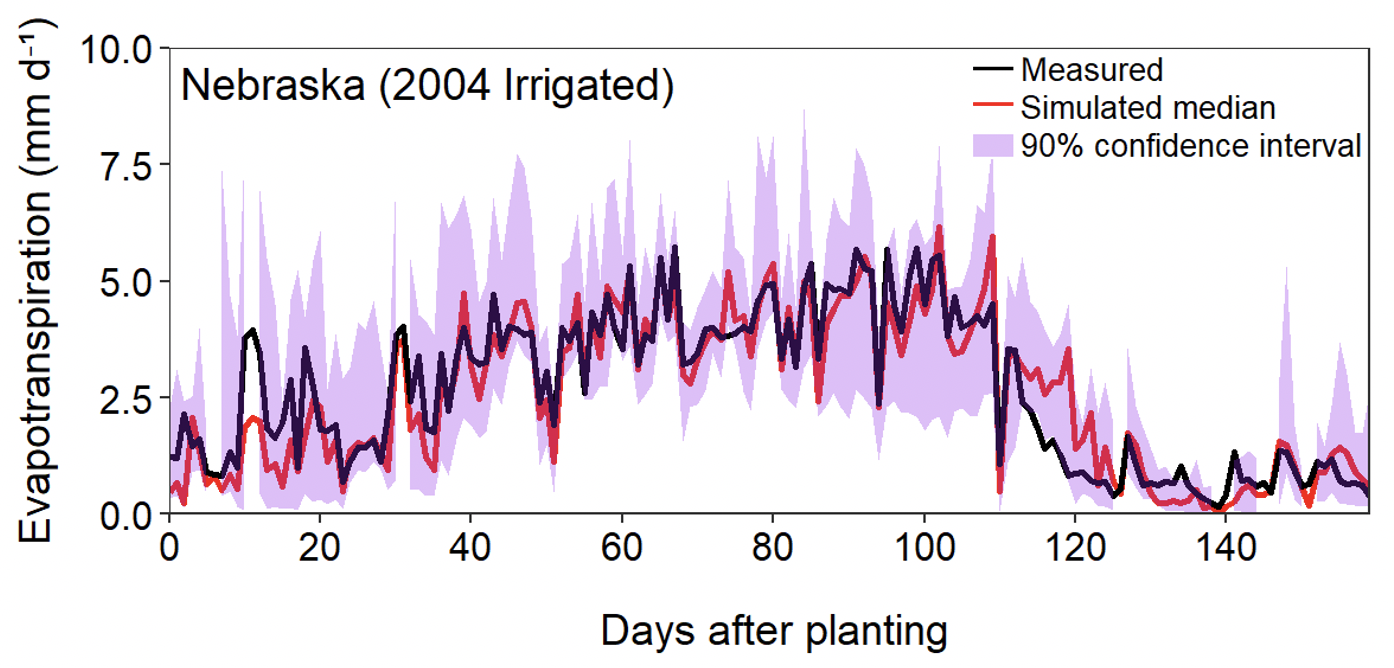Main contacts for Initiative
Montse Salmeron, Rafael Battisi, Ken Boote
Description of Activity
The goal of the AgMIP-Soybean Team is to improve soybean model simulations and apply models to develop adaptation strategies that ensure global soybean production levels in the face of climate change and an increasing food demand. Our team conducts multi-model comparisons with the aim of reducing model uncertainty and accelerate improvement of soybean models. We are also interested in the broader implications of different climate projections and soybean management options on water, carbon, and N dynamics and their environmental impact.
Overview of Participants
The AgMIP-Soybean Team was conceived in March 2018 at the 7th Global AgMIP Workshop in San Jose, Costa Rica. Our Team brings together an international community of soybean crop modelers, researchers around the world that provide key experimental data to test models, and a coordinating team that helps develop standardized protocols to test models for different processes and analyzes model outputs. Our team also collaborates with a climate scientist that provides future weather scenarios for model projections.
Current Research Focus
- Multi-model sensitivity analysis to different atmospheric CO2 concentration, temperature, water, and nitrogen availability (CTWN). Ten soybean models (APSIM, AQUACROP, DNDC, DSSAT, DSSAT-Energy Balance, LINTUL, MONICA, SSM, STICS, and SWB). participate in this study. Models were calibrated with detailed experimental data from five locations of contrasting environmental conditions.
- Evapotranspiration (ET) multi-model comparison and improvement studies. Seven models and 19 combinations of crop model and ET method participate in this research. Models were calibrated and evaluated for the simulation of ET against eddy covariance data from Ontario, Canada, and Mead, Nebraska.
We are developing protocols and preparing experimental data for two additional studies listed below. Contact coordinators for opportunities to participate in these studies as a crop modeler or data experimentalist.
- CO2 multi-model study – Multi-model evaluation and high atmospheric CO2 concentration with experimental data from CO2-FACE sites.
- Crop N and N2 fixation study – Multi-model evaluation and improvement study for simulation of crop N dynamics and seed N with multi-location and regional data
Papers submitted
Kothari, K., Battisti, R., Boote, K., Archontoulis, S., Confalone, A., Constantin, J., Cuadra, S. V., Debaeke, P., Faye, B., Grant, B., Hoogenboom, G., Jing, Q., van der Laan, M., Macena, F. A., Marin, F. R., Nehbandani, A., Nendel, C., Purcell, L. C., Qian, B., Ruane, A. C., da Silva, E. H. F. M., Smith, W., Soltani, A., Srivastava, A., Vieira Jr., N. A., Slone, S., & Salmerón, M. (2021). Are soybean models ready for climate change food impact assessments? (under review)

Figure 1. High variability in simulated soybean seed yield in response to temperature (a) and atmospheric CO2 (b) from ten crop models (color lines) at one of the locations in our study (Fayetteville, Arkansas). The multi-model ensemble (black line) is useful to reduce uncertainty from extreme responses in individual models.

Figure 2. Daily evapotranspiration (ET) measured from eddy covariance flux towers, simulated median, and 90% confidence interval of simulations from nineteen models after calibration with crop phenology data (Nebraska). The simulated ensemble-median ET was close to the observed after blind model calibration with phenology data only.
Member organizations and sponsors of AgMIP Soybean

Previous Work: Soybean Pilot Project
A preliminary organizational meeting was held in Ames, Iowa in September 2012.
